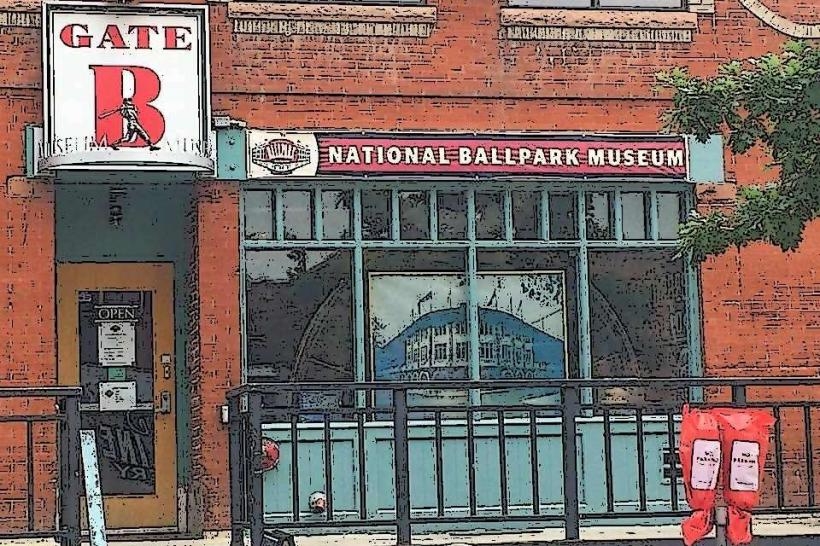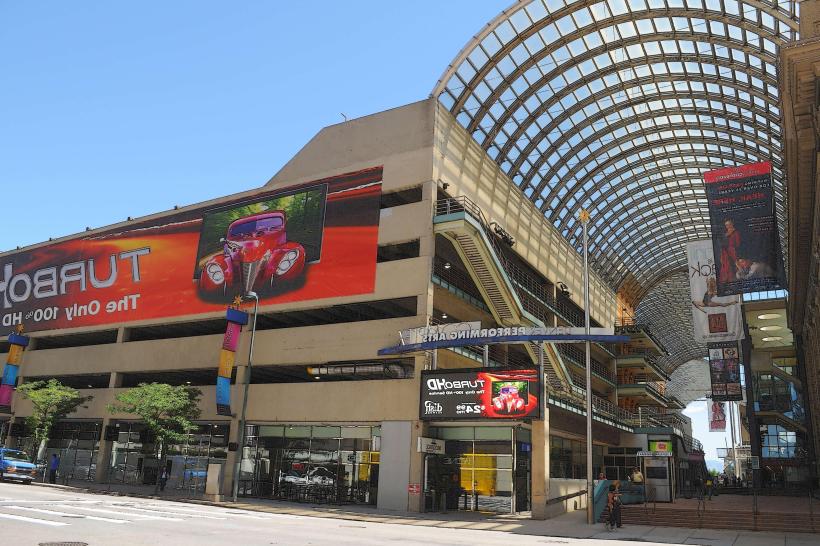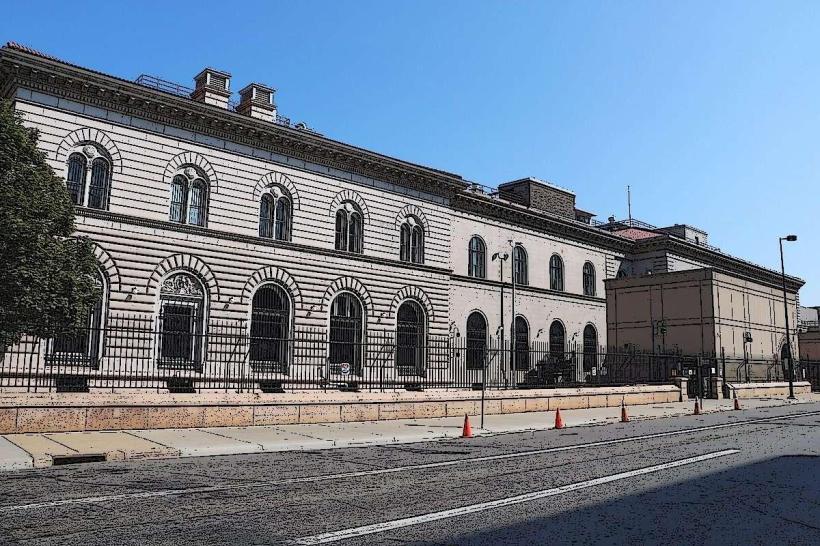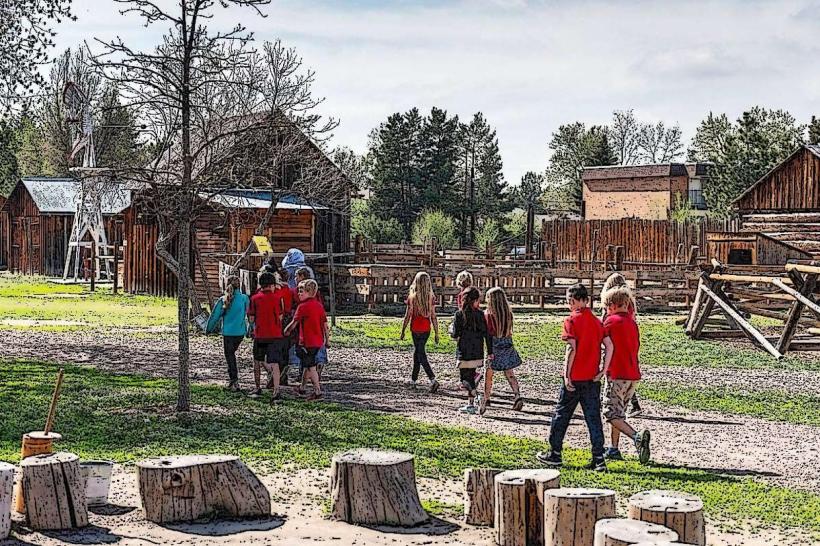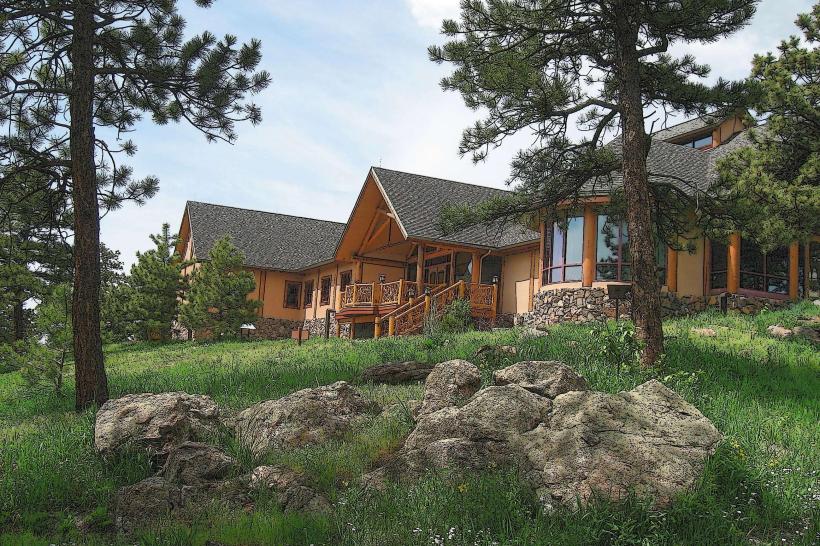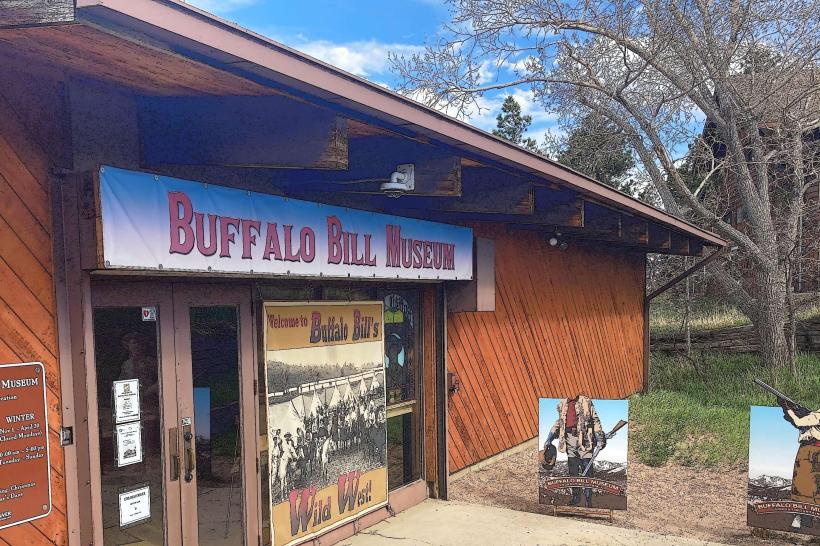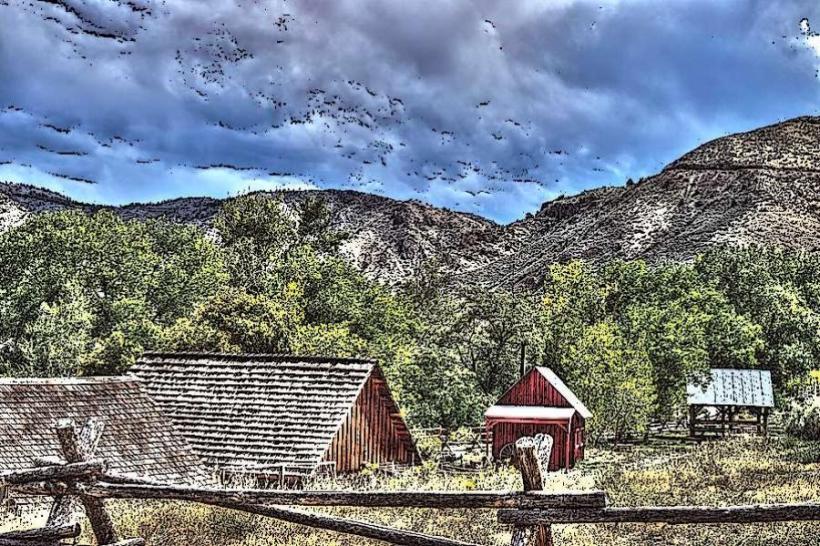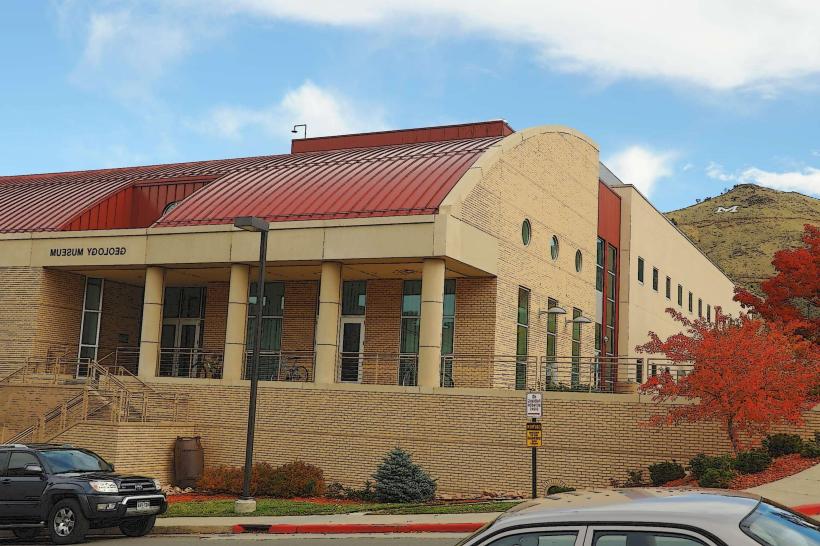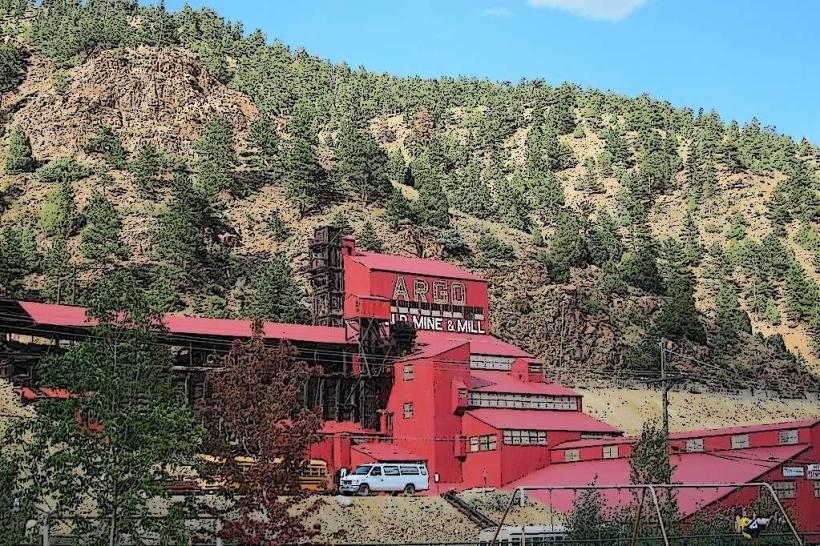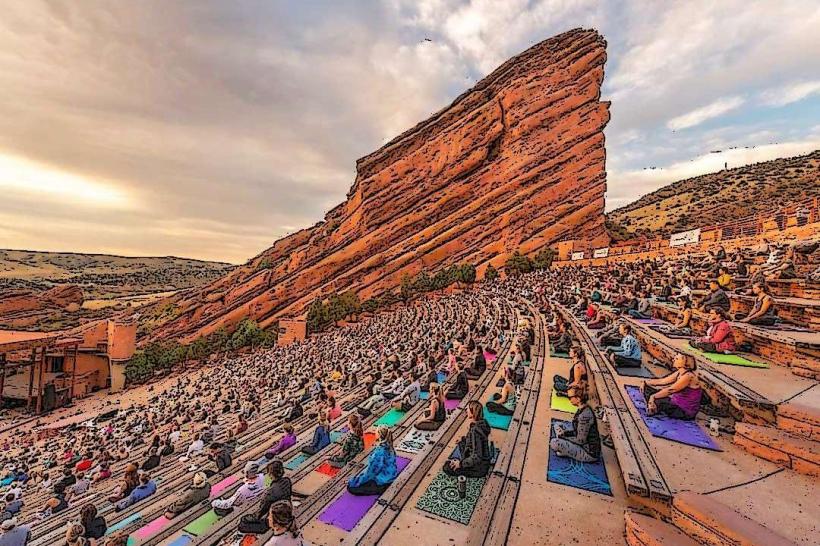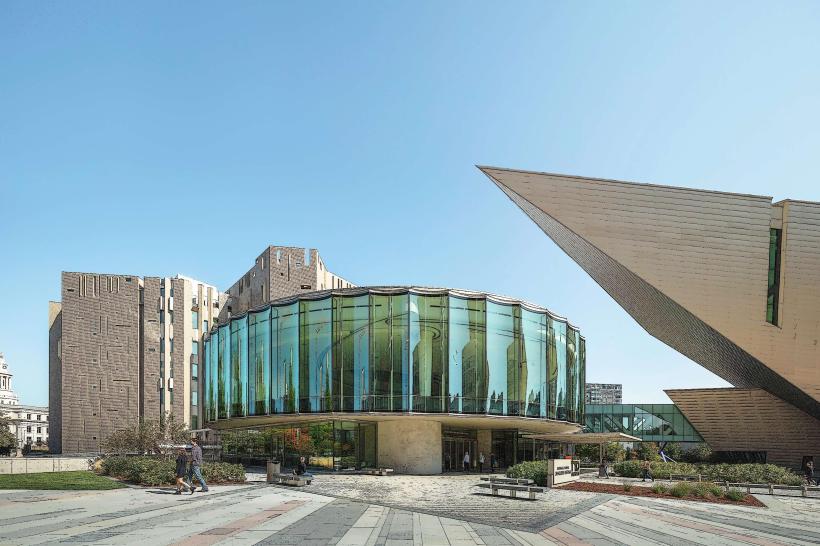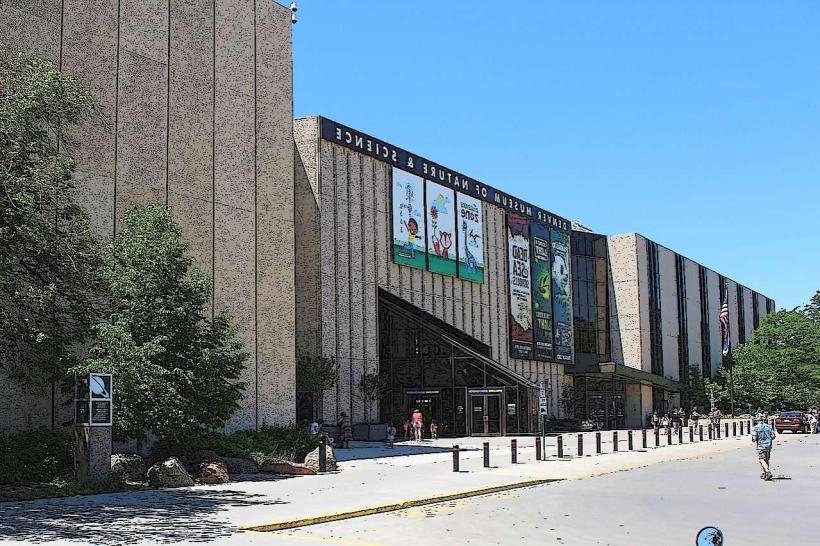Information
Landmark: Denver ZooCity: Denver
Country: USA Colorado
Continent: North America
Denver Zoo, Denver, USA Colorado, North America
The Denver Zoo is one of the premier zoological institutions in the United States, located in the heart of Denver, Colorado, within the sprawling City Park. Covering approximately 80 acres, it is recognized not only for its impressive collection of animals and engaging exhibits but also for its strong commitment to conservation, education, and scientific research. Established in 1896, it stands as the oldest and most visited paid attraction in Denver, drawing around 1.8 million visitors annually. Its role extends beyond entertainment, serving as a key player in wildlife preservation and environmental awareness.
Location and Setting
Situated at 2300 Steele Street, the Denver Zoo is nestled within City Park, a large urban green space that also includes lakes, playgrounds, and walking paths. This location offers visitors a scenic backdrop of downtown Denver and the nearby Rocky Mountains, blending urban accessibility with a natural atmosphere.
History and Development
Founded in the late 19th century, the Denver Zoo began as a modest collection of animals housed in the city’s park. Over the decades, it has evolved significantly, transforming from traditional cage-style exhibits to naturalistic habitats designed to closely mimic animals’ native environments. This shift reflects a broader trend in modern zoos prioritizing animal welfare and immersive visitor experiences. The zoo is managed by the Denver Zoo Conservation Alliance, a nonprofit organization that supports the zoo’s mission.
Exhibits and Animal Collections
Denver Zoo boasts a wide variety of exhibits that showcase animals from around the world, focusing on species diversity, habitat replication, and educational impact. The zoo houses approximately 4,000 animals representing over 700 species.
Key Exhibits Include:
Toyota Elephant Passage: This is a flagship exhibit spanning about 10 acres, dedicated to Asian elephants and other species native to the region, such as Malayan tapirs, greater one-horned rhinoceroses, and clouded leopards. The design replicates the forests and grasslands of Asia, featuring expansive spaces, interactive water features, and complex enrichment activities for the animals. The exhibit promotes elephant conservation by educating visitors about the species' endangered status in the wild and the challenges they face.
Primate Panorama: Covering seven acres, this exhibit houses a variety of primates including gorillas, chimpanzees, orangutans, and lemurs. The habitats provide elevated pathways, natural vegetation, and climbing structures to encourage natural behaviors. This exhibit aims to immerse visitors in the social dynamics and intelligence of primates while fostering an understanding of their ecological roles.
Tropical Discovery: An indoor tropical environment where visitors encounter nearly 300 species of animals, including exotic birds, reptiles, amphibians, and fish. The exhibit replicates lush rainforest conditions with humidity, dense foliage, and water features. It serves as an educational hub to highlight biodiversity and the importance of tropical ecosystems.
Stingray Cove™: A seasonal interactive exhibit that allows visitors to touch and feed cownose rays and other stingray species in a large, 15,000-gallon saltwater tank. This hands-on experience educates guests on marine life and conservation efforts for ocean habitats.
Sea Lion Habitat: Featuring California sea lions in a dynamic aquatic setting, this state-of-the-art facility includes underwater viewing areas and naturalistic pools. It offers animal presentations and demonstrates the species' playful nature and adaptability.
Bear Mountain: This exhibit is home to grizzly bears and American black bears, featuring rocky terrains, waterfalls, and natural vegetation. It educates visitors on the bears’ behaviors, habitat needs, and conservation challenges.
Northern Shores: Dedicated to animals native to northern climates, this exhibit includes polar bears, Arctic foxes, and seals. It highlights the fragility of Arctic ecosystems in the face of climate change.
Przewalski’s Horse Habitat: Featuring the rare and endangered Przewalski’s horses, native to Mongolia, this exhibit emphasizes efforts to reintroduce species to their natural habitats.
Conservation and Research Efforts
Denver Zoo is deeply involved in global and local conservation initiatives. It supports over 600 projects in more than 60 countries, targeting species preservation, habitat restoration, anti-poaching efforts, and scientific research. Key focuses include elephant and primate conservation, amphibian population recovery, and endangered species breeding programs.
The zoo participates in Species Survival Plans (SSPs) coordinated by the Association of Zoos and Aquariums (AZA), managing captive breeding to maintain genetic diversity in threatened species. It also collaborates with universities and research institutions, hosting studies on animal behavior, veterinary medicine, and environmental science.
Educational Programs and Community Engagement
Education is a cornerstone of the Denver Zoo’s mission. The zoo offers a broad range of programs for children, students, educators, and the public. These include:
Advanced Inquiry Program: In partnership with Miami University, this program trains educators in inquiry-based science teaching, using the zoo’s resources to enhance classroom learning.
School Field Trips and Camps: Customized educational experiences that align with curriculum standards, offering hands-on learning about ecology, biology, and conservation.
Adult Education: Lectures, workshops, and volunteer opportunities designed to deepen public knowledge of wildlife and environmental issues.
Community Outreach: Programs targeting underserved communities to promote access to nature education and foster environmental stewardship.
Visitor Amenities and Experience
Denver Zoo prioritizes visitor comfort and accessibility. The zoo offers:
Dining Options: Multiple eateries, including Samburu Grille and food trucks like Scratch Chicken, serving a variety of meals and snacks.
Accessibility: Wheelchair-accessible paths throughout the zoo, with wheelchairs available free of charge for rent.
Interactive Experiences: Animal encounters, keeper talks, and behind-the-scenes tours enhance engagement.
Seasonal Events: Including "Boo at the Zoo" Halloween celebrations, summer concerts, and extended evening hours with live entertainment.
Retail Shops: Selling souvenirs, educational materials, and conservation-themed merchandise.
Practical Information
Operating Hours: Typically open daily from 10:00 a.m. to 5:00 p.m., with gates closing at 4:00 p.m. During summer weekends, extended hours are offered, sometimes with discounted evening admission.
Admission Fees: Adults (16-64) pay $26, seniors (65+) $23, youth (3-15) $19, and children under 2 enter free. Tickets must be purchased online in advance with timed entry to manage crowd capacity.
Parking: Available on-site with accessible options, plus proximity to public transportation.
Impact and Recognition
The Denver Zoo has received multiple accolades for its animal care standards, visitor experience, and conservation leadership. Its innovative exhibits are recognized for blending education with immersive environments that encourage empathy for animals and promote global biodiversity preservation.
Summary
Denver Zoo offers a multifaceted experience combining recreation, education, and conservation. It is a destination that not only allows visitors to observe and learn about wildlife from all over the globe but also inspires responsible environmental action. The zoo’s commitment to creating natural habitats, supporting scientific research, and engaging the community makes it a vital institution in both the Denver region and the broader conservation community.

